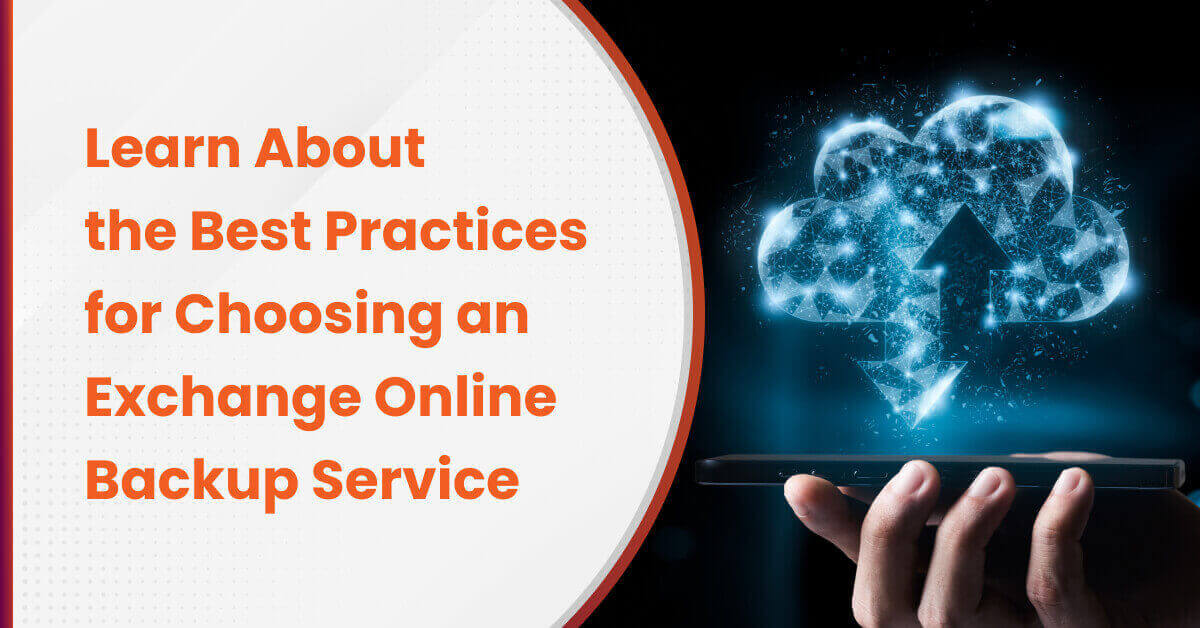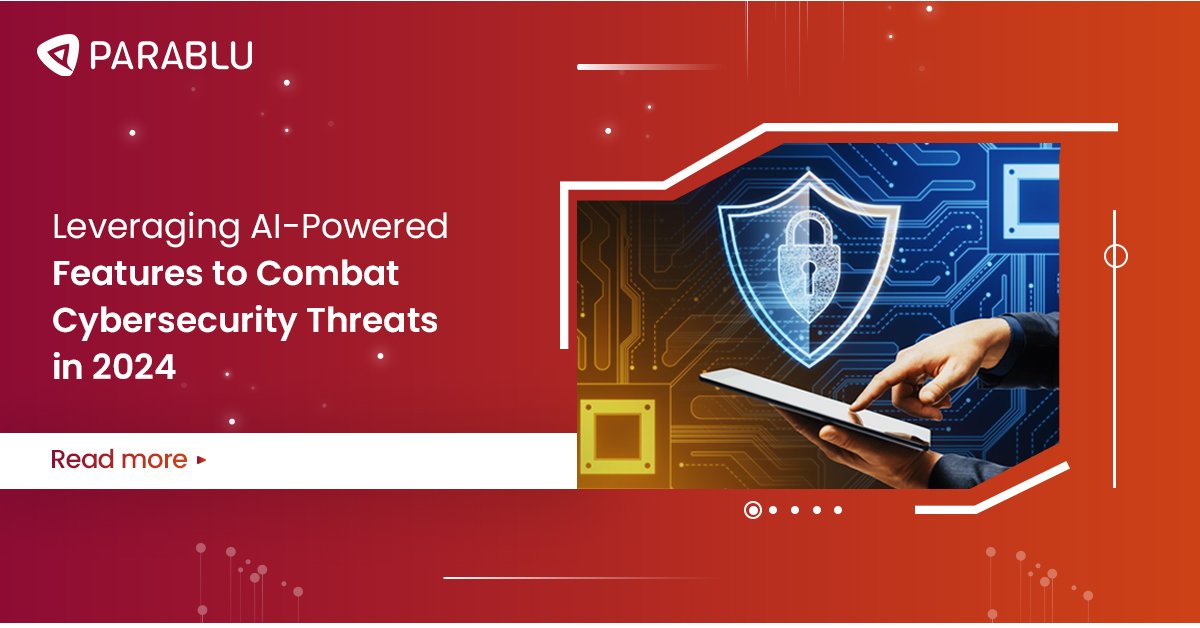Secure Online Collaboration Made Easy

Since the pandemic hit and Work-from-Home (WFH) became the new normal, online collaboration has become a critical requirement for enterprises to function effectively. While collaboration increases productivity it could also introduce unintended data security risks that businesses need to defend against.
According to a recent report, it was found that 97% of remote workers would like to work remotely for the rest of their careers – Buffer 2021
Data security challenges
According to Gartner, 74% of businesses are allowing at least 5% of their previously on-premise employees to work remotely even while the effects of the pandemic settle down. Clearly, while employees are making their way back to the office, many of them will have still need to remotely collaborate with co-workers and other stakeholders who are allowed to work from home.
Let’s take a look at the top data security concerns that businesses should worry about when allowing online employee collaboration.
1. Unauthorized data sharing
Employee negligence causes 62% of all insider breaches - Ponemon’s 2020 report
2. Email based sharing
This is a common problem a number of enterprises face. Email, due to its ubiquity becomes the de facto medium for collaboration. And while email is ok for most daily business collaboration, it is not a great medium for confidential or sensitive data. Many times, documents get sent as email attachments with no access restrictions placed on them. In such cases, the recipient is free to download the attachment and circulate to other parties unbeknownst to the sender. Or an email can accidentally (or deliberately) get forwarded to an unauthorized recipient.
Also, email attachments are an inefficient way to collaborate. Because they are not version controlled, recipients may access an older email by accident and waste valuable time reviewing or annotating a document which is not the latest version the sender has authored.
3. Public cloud file transfer services
Employees also have access to a number of free file transfer services provided as public-cloud SaaS offerings. While these are easy to access and use, their security safeguards could be viewed as inadequate by many enterprises. The type of encryption such services use while data is in transit, or at rest, and whether they have the ability to decrypt the data – are all questions that enterprises need answered. And with public cloud-based services – the answers are usually less than satisfactory.
4. Secure FTP based methods
To get around the above issues, several businesses use SecureFTP for transfer and exchange of confidential data. SecureFTP is indeed secure. But it is basically a free file transfer mechanism – not designed for collaboration. IT teams end up writing home-grown scripts around SecureFTP to fashion basic collaboration – but such solutions don’t tend to be sustainable in the long term. SecureFTP also may not integrate with enterprise namespaces (like Active Directory or Azure AD) making it inconvenient for business use.
Most importantly, SecureFTP solutions require a physical, on-premise server which users need to access – and has therefore become impractical in the WFH model. In today’s world, businesses are increasingly looking for cloud-based collaboration solutions.
5. Lack of centralized policy-based control
When employees use multiple channels to collaborate – data sharing becomes ad hoc and unregulated. It becomes difficult for the business to get a handle on what data was shared, by whom, whether it was shared securely etc. Businesses need to be able to control and manage who can collaborate, what they’re allowed to share, and how (i.e. with what security controls). And post-facto, businesses need to be able to audit what has occurred, look for deviations, and course correct.
Based on our experience working with customers on content collaboration solutions, here are a few important steps that enterprises can take in order to ensure online collaborations is not only efficient, but also secure.
1. Spread awareness among employees
Humans are the weakest link in the data security chain, so it is of utmost importance that there is awareness among employees on safe practices when collaborating online. Educate them on the dangers and pitfalls of using free tools and personal email accounts for business purposes. And the importance of keeping passwords safe and private. Arm them with information that they can use to defend against social engineering attacks or phishing emails. The importance of user education cannot be overstated. The best security tools in the world cannot protect against an uneducated user.
2. Data access management
When business data is open for external or internal collaborations, enterprises should have a tool or mechanism in place that can offer the flexibility of establishing different levels and forms of access controls. Who can share what and how (i.e. what security controls are mandated) should be made a policy and published, so everyone is aware. And never share anything without a password protecting it – and with multi-factor authentication on top.
3. Use a secure EFSS solution
For organizations serious about collaboration, one of the best steps to take is adopting an commercial grade Enterprise File Sync & Share (EFSS) solution to enable file-sharing collaboration. Enterprise-class solutions like Parablu’s BluSync™ bring with them additional advantages and benefits like automatic file synchronization, and flexible deployment options along with security-focused features like IRM controls, auto-expiring user accounts, auto-expiring URLs and built-in anti-malware scanning.
Organizations serious about collaboration, one of the best steps to take is adopting an commercial grade Enterprise File Sync & Share (EFSS) solution
How BluSync™ can help
Parablu’s BluSync an enterprise-grade, one-stop, unified solution offers comprehensive features and capabilities for file sharing and collaboration. BluSync works on the principle of Zero Trust and is built on the tenet of Zero-Knowledge Privacy. This means that business data is not only encrypted at all times, Parablu ensures that the business always controls the encryption keys. Not Parablu, not the cloud vendor, not a regulatory authority, or a foreign government.
Here are some important features that BluSync offers:
1. Secure File Sharing
With BluSync, file sharing is easy. Users simply upload a file to share, right-click on it and specify an email address (or addresses) to share it with. Initially, BluSync never sends over the actual file – it only emails recipients a secure link. When the recipient clicks on the link, they are challenged for a password. The file is made available only after the recipient successfully navigates the password challenge.
With BluSync, administrators can enforce the “Highly Secure File sharing” feature. This means administrators can mandate that the sender always specifies a complex password, forces link auto-expiration, enables multi-factor authentication, and disallows file download (this means the recipient can only view the file in their browser – they can’t save or download or print the file).
2. Policy-based management
This is possibly the most important thing that BluSync provides administrators which other alternatives don’t. IT administrators get to control everything that end-users can do with BluSync via simple policies. Specifying file types that can be shared, setting file size limits, storage quota limits, enforcing “highly secure sharing”, and identifying safe or unsafe email domains, are all possible via policies.
And these rules don’t have to be one-size-fits-all. Rules can be tailored, and privileges dialled up or down based on users. Administrators can create policies with varying rules and simply assign users to the right policies.
3. Version control
BluSync comes with built-in capability to version all file data that users upload for sharing or collaboration. This allows users and administrators to control and track document changes across multiple users and devices. This feature is further enhanced by audit logs and reports in that IT teams can utilize for auditing, monitoring and management.
4. Full-text search
BluSync allows secure collaboration using the concept of Mini-Clouds. A mini-cloud is an insulated, shared folder space that groups of internal or external users can access simultaneously. It is a collaboration that is highly secure and efficient. This capability is further enhanced by allowing an IT administrator to create one of these mini-clouds and then make a business owner the “admin” for the mini-cloud. Any further addition/deletion and management of users is left to the mini-cloud admin without the IT administrator having to be burdened with those tasks. All mini-cloud operations are of course fully audit-logged for compliance.
4. Automatic malware scanning on upload
Content indexing capabilities in BluSync ensure that information is always at the user’s fingertips. Users can search for files or folders by name or even use words or phrases present inside files. BluSync creates a fully searchable index for all data it processes and supports a wide variety of file types.
5. Mini-Clouds
Mini-Clouds are secure shared folders which are designed to serve as common workspaces that have controlled user access. Multiple Mini-Clouds can be created based on project, department, geography etc. and administrators can then assign the right users to those mini-clouds. Mini-cloud users don’t have to always be internal – external stakeholders can be added to mini-clouds as long as they have a BluSync login. All Mini-Cloud operations are fully audit-logged for easy monitoring and management.
6. Delegated administrative access
IT administrators are empowered with the capability to delegate administration of mini-clouds. Once a mini-cloud is created for a specific purpose, an IT administrator can assign ownership of the mini-cloud to a business owner. The business owner in turn can add or remove participants to the mini-cloud. So, while the IT team still manages security controls, the business owner can manage collaborators.
7. Automatic Sync
BluSync also comes with a secure synchronization agent which can be installed on user endpoints. The agent periodically synchronizes data between the BluSync cloud and the endpoint – ensuring that users have an offline copy of all data they have access to – including any data in mini-clouds they’re a member of. This way users can look in their “Parablu” folder and work on their data – even when they are off the network. Any changed data automatically synchronizes to the respective mini-clouds when they reconnect to the network.
In the current climate, where employees are toggling between the home and office, online collaboration has never been more important. Ensuring that such collaboration is safe, secure, and private is an important charter for IT teams. BluSync addresses this need by balancing the need for a seamless end-user experience with the security demands that IT teams are tasked with.
To learn more about BluSync, request for a free trial here or contact us for a demo




